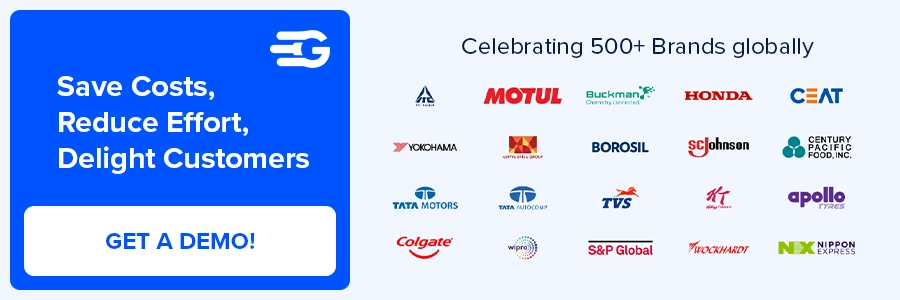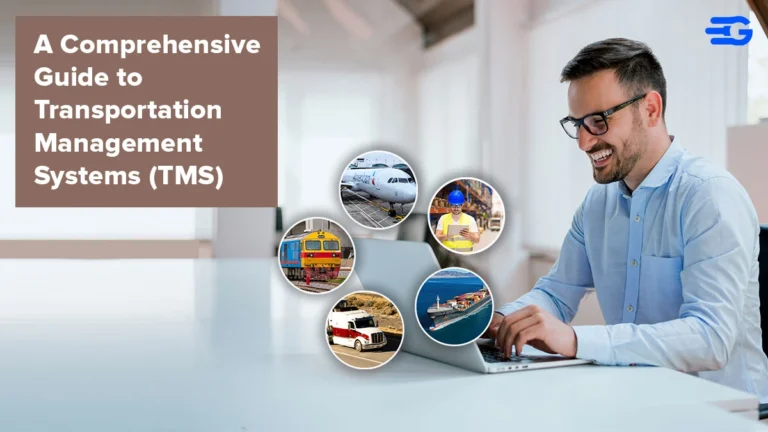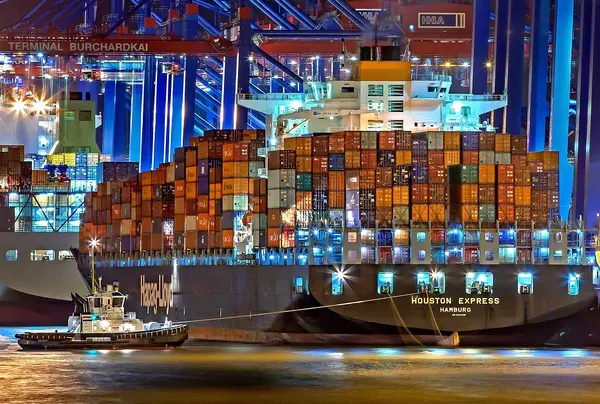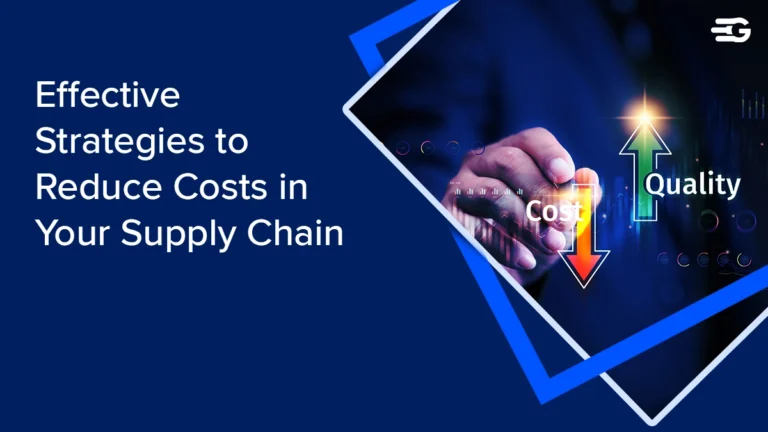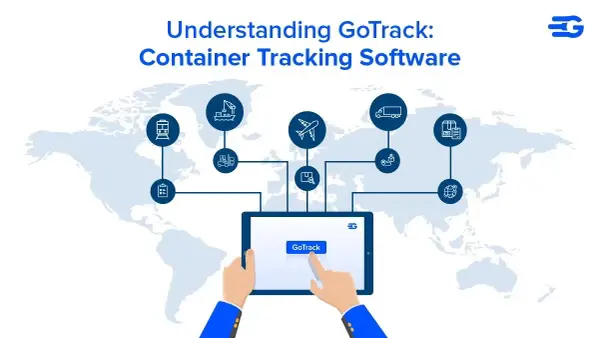Your Guide to Real-Time Tracking Systems for Multi-Modal Supply Chains
Global trade relies heavily on multi-modal supply chains, involving seamless coordination between ocean, air, and land freight. These multi-modal supply chains are responsible for moving over 90% of the world’s goods, according to the United Nations Conference on Trade and Development (UNCTAD). While these integrated systems enable efficient transport over vast distances, managing them without a unified real-time tracking system can be challenging. Enterprises often face delays, miscommunications, and inefficiencies when real-time data is absent, impacting overall performance and customer satisfaction.
Why Real-Time Tracking Systems Are Critical for Multi-Modal Logistics
A real-time tracking system provides end-to-end visibility across all transport modes, enabling companies to monitor shipments and respond proactively to any disruptions. According to a survey by Supply Chain Dive, 73% of supply chain leaders said that real-time visibility significantly improved their operations.
Benefits of a Multi-Modal Real-Time Tracking System
- Improved Coordination: A single platform ensures that operations teams can access synchronized data from all carriers, enhancing collaboration. Gartner’s research found that companies using real-time tracking systems reported a 30% increase in coordination efficiency.
- Risk Mitigation: Real-time updates help in detecting delays or disruptions, allowing for rapid decision-making.
- Operational Efficiency: Visibility into transit statuses facilitates smoother planning, reducing lead times and operational bottlenecks. According to McKinsey, digital tracking solutions can reduce lead times by up to 15%.
Key Features to Look for in a Multi-Modal Tracking System
Integration with Ocean, Air, and Land Freight Providers
To achieve cohesive tracking, a real-time tracking system must integrate seamlessly with various carriers. This requires robust API capabilities and flexible interfaces to connect with the diverse data formats used by freight providers.
- Why It Matters: Effective integration allows for uninterrupted data flow, ensuring that logistics teams can make informed decisions without delays. Statista notes that 60% of logistics firms prioritize multi-modal integration capabilities when choosing a tracking solution.
- Ensuring Compatibility: Enterprises should ensure that a tracking system supports multiple carrier networks and can integrate with existing freight management software.
Real-Time Alerts and Predictive Analytics
Real-time alerts notify teams of potential delays, enabling them to take corrective actions before issues escalate. Predictive analytics, powered by AI, can forecast potential disruptions and suggest solutions.
- Proactive Operations: Alerts and predictive tools allow teams to anticipate problems and adjust routes or schedules accordingly. A PwC report highlighted that predictive analytics could save supply chains up to $2 million annually by avoiding costly delays.
- Risk Identification: Advanced analytics can highlight vulnerabilities in transport plans and recommend mitigative steps to maintain smooth operations.
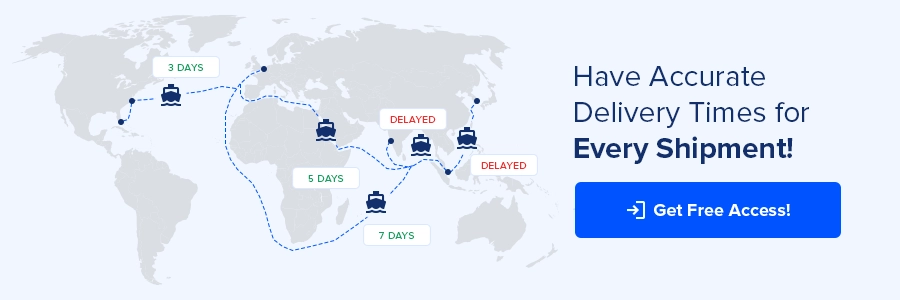
Ease of Use and User-Friendly Dashboard
The effectiveness of a real-time tracking system depends on its usability. A user-friendly dashboard should provide actionable insights and allow operators to view key information at a glance.
- Operational Importance: A clutter-free, intuitive interface makes it easier for logistics teams to focus on strategic tasks without spending excessive time learning the system.
- Evaluation Tip: Choose systems with customizable views and straightforward data interpretation. Forrester Research suggests that companies using intuitive dashboards report a 20% boost in operational productivity.
Evaluating Vendor Performance and Partner Accountability
Real-time tracking system data can also be a powerful tool for evaluating vendor performance. By analyzing carrier data, enterprises can identify reliable partners and hold underperforming ones accountable.
- Enhanced Negotiations: Visibility into shipment data can strengthen contract negotiations and improve service level agreements (SLAs). According to Deloitte, firms with robust tracking data can negotiate 15-25% better terms with their partners.
- Supplier Relationships: Transparency fosters trust, leading to stronger partnerships and more consistent service quality.
Aligning the Tracking System with Business Objectives
Risk Management and Contingency Planning
A robust tracking platform aids in risk management by providing real-time data that supports contingency plans. For instance, if a critical shipment faces unexpected delays, the system can suggest rerouting options or alternative solutions.
Practical Example: Companies using predictive data can deploy backup plans to minimize the impact of unforeseen disruptions. A 2023 survey by Accenture showed that 68% of logistics firms that use contingency-focused tracking solutions reported fewer disruptions.
Meeting Sustainability and Compliance Goals
Sustainability is a growing priority in supply chain management. Real-time tracking helps logistics managers optimize routes, reducing fuel consumption and emissions.
Compliance Assurance: Comprehensive data visibility ensures adherence to international regulations, protecting businesses from potential legal challenges.
Eco-Friendly Initiatives: Improved efficiency supports sustainable practices, aligning with corporate social responsibility (CSR) targets. The International Transport Forum reported that route optimization can reduce emissions by up to 10%, contributing to sustainability goals.
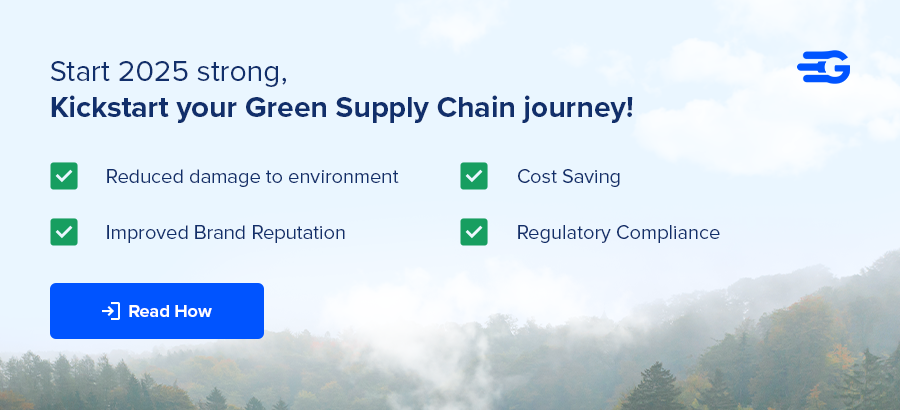
Transforming Multi-Modal Supply Chains with GoComet
In today’s fast-paced logistics landscape, decision-makers demand seamless coordination across ocean, air, and land operations. Leading logistics companies have achieved remarkable results by adopting GoComet’s real-time tracking platform, designed to address the unique complexities of multi-modal supply chains.
Integrated Visibility Across All Modes
GoComet’s platform consolidated tracking data from diverse carriers into a single, user-friendly dashboard. This comprehensive visibility eliminated silos, enabling the company to monitor shipments across multiple modes in real time and respond proactively to disruptions.
Reducing Delays and Driving Efficiency
With instant alerts and actionable insights, the company reduced shipment delays by 20%. GoComet’s intuitive system empowered teams to anticipate challenges, resolve issues swiftly, and maintain schedule reliability—key factors for operational resilience and customer trust.
Enhancing Collaboration with Partners
The centralized platform streamlined communication with carriers and partners, fostering better coordination and stronger relationships. By providing consistent updates and clear tracking metrics, GoComet enabled seamless collaboration across the supply chain.
Why Choose GoComet?
GoComet is more than just a tracking tool—it’s a strategic solution for optimizing multi-modal supply chains. From real-time visibility and proactive alerts to actionable insights, the platform equips logistics leaders with the tools they need to reduce costs, improve service levels, and gain a competitive edge.
Conclusion
Choosing the right real-time tracking system is crucial for enterprises managing complex multi-modal supply chains. Key features to consider include integration capabilities, real-time alerts, user-friendly dashboards, and data-driven performance evaluation. By adopting an advanced real-time tracking system like GoComet, companies can enhance coordination, reduce risks, and achieve greater operational efficiency, ultimately supporting seamless global logistics.
